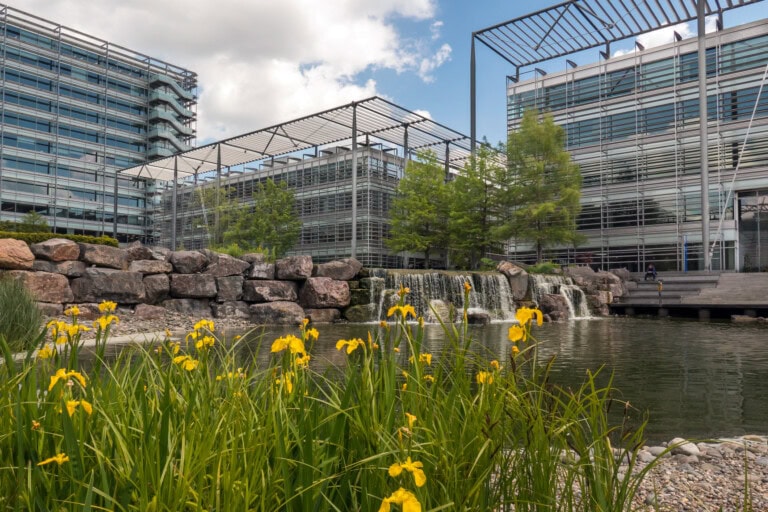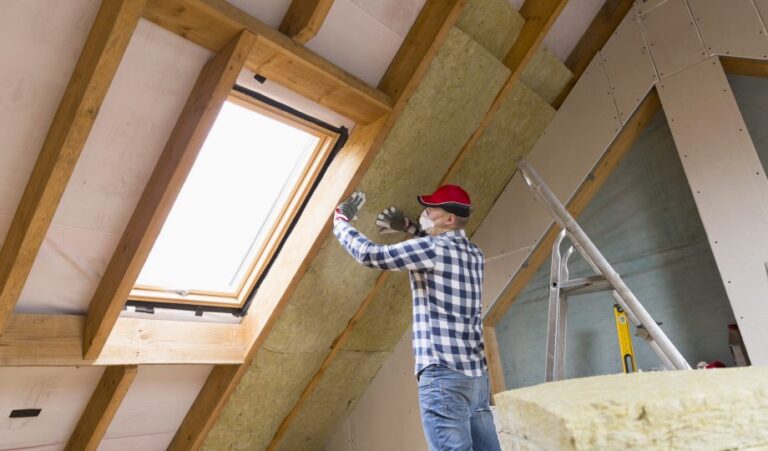Has Theresa May gone green? Proof will be in the details

But on May 21st Theresa May stood up at Jodrell Bank and, in a flash of this government’s new-found green ambition, announced a mission to “at least halve the energy usage of new buildings by 2030”.
Looks of surprise and approval shot round the UKGBC office. Impressive stuff – genuinely impressive and ambitious. There may even have been the sound of popping corks, if it wasn’t for the fact that no-one was 100 per cent clear exactly what she meant…
I’ll explain. The reality is that ‘halving energy use’ means different things to different people; the devil is in the detail of the underlying definitions. To be genuinely effective, this mission needs to do four things.
Four green proofs
Firstly, it must be based on actual energy use data for whole-building energy use – so moving us away from designing for compliance and towards actual performance outcomes. This chimes very clearly with the Hackitt Review’s call for an outcomes-based approach to regulation.
Secondly, it must be about further tightening the energy efficiency of building fabric and systems as far as is technically possible.
Thirdly, any remaining energy should be met through renewable energy. The announcement referred to low-carbon heat, which is the hard part, but let’s not inadvertently exclude renewable electricity.
And finally, it needs to be enshrined in Building Regulations – which of course are up for review later this year.
Industry appetite
If Mrs May’s mission does indeed include all of these things, then it effectively means ‘net zero-carbon new buildings’ by 2030. This would bring it in line with what UKGBC, WorldGBC and others are calling for as standard for new buildings by 2030, if this industry is to achieve its carbon reductions required under the Paris Climate Agreement.
And there is appetite within the industry to deliver this.
Only two months ago UKGBC co-ordinated an open letter signed by more than 50 high-profile leaders from across the construction and property industry calling for this target.
So, let’s not shy away from calling a spade a spade – it will just confuse the industry.
We’re calling on the government to add clarity to this mission and be clear that net zero-carbon new buildings are the official target by 2030.
This post was first published in Construction News on Thursday May 31st.
Make sure to follow the UK Green Building Council on Twitter, LinkedIn, and Facebook.
Related
Storms, climate change and how we make our cities resilient

Sustainable Construction for the Sustainable Development Goals

Fixing the Competency Gap: Moving Beyond Qualifications in Domestic Retrofit

UKGBC Members visit Coal House in Cardiff

